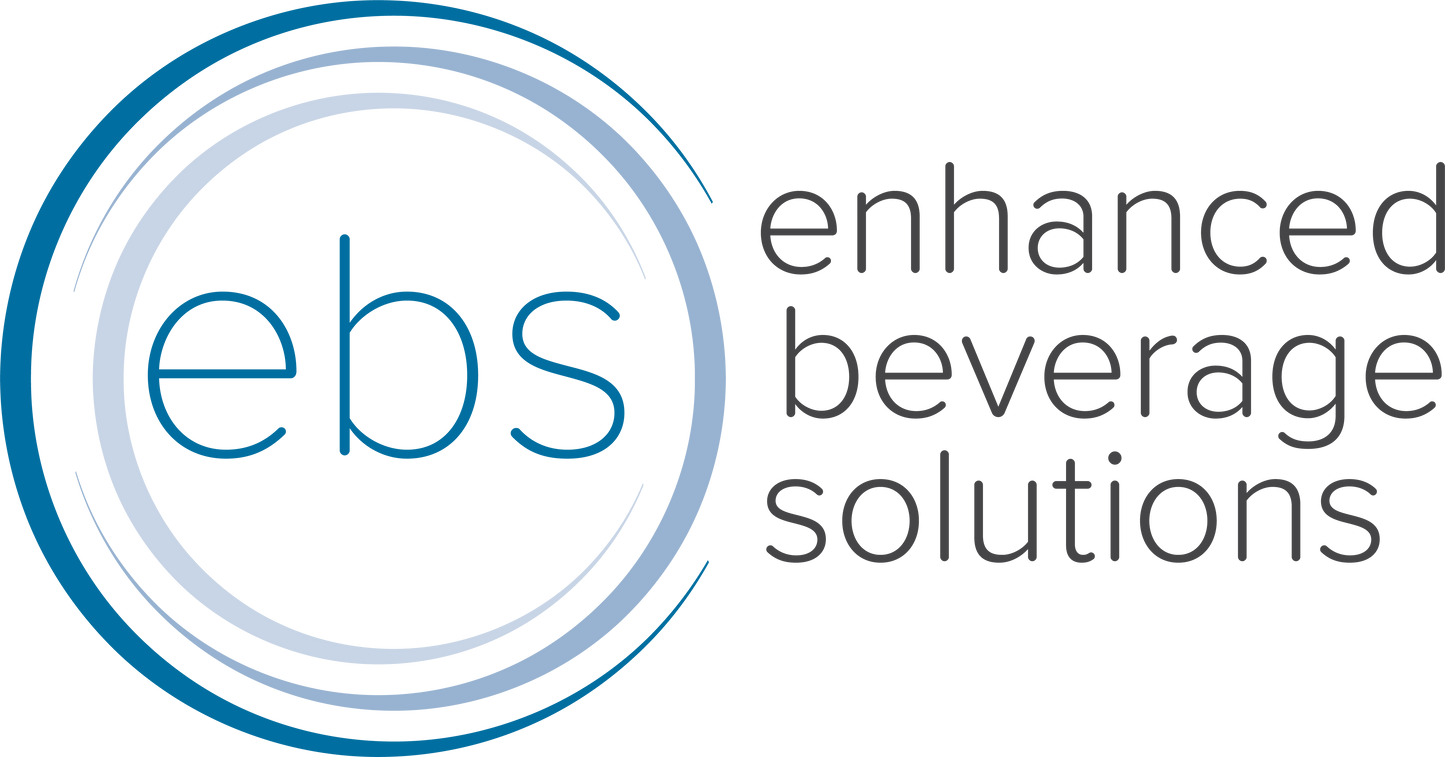
Did you know that there are various levels of nitrogen purity when it comes to nitro cold brew? Are you aware of the impact this purity can have on your beverage?
You may have seen the recent SCA News article on Defining the Perfect Nitro Pour. For review, the “Perfect Nitro Pour” is measured on two basic components: a visual profile and a taste profile. The key to the perfect pour is a combination of a smooth, pleasing flavor profile and a stunning visual. Contrary to traditional cold brew, a nitro cold brew should be experienced as slightly sweeter and less bitter, while having a creamy taste and velvety mouthfeel. When served, the drink will cascade with a rich, golden color and will have a dense head of microfoam.
While there are various methods of infusing beverages with nitrogen, there is one factor that should be a constant in your process. That factor is pure, food-grade nitrogen.
Lowering your nitrogen purity level sacrifices sweetness in the beverage, while showing no reduction in the perception of bitterness or acidity of your drink. You see, the sweetness and creaminess of nitro is actually more of a feeling than a taste. This perception is a result of the millions of nitrogen microbubbles dancing along your tongue. By not using food-grade nitrogen, you introduce a variety of other gases to the beverage. These gases (mostly oxygen) have bubbles much larger than nitrogen bubbles, and therefore cannot achieve the ideal flavor profile. Flavor profile, as stated above, is 50% of the perfect nitro cold brew.
The other 50% is the visual. It’s no surprise that the introduction of larger gas bubbles will affect visual components such as the head and cascade of your beverage. When using a lower nitrogen purity, bubbles tend to “suspend” in your drink rather than “cascade.” The cascade of a nitro-infused beverage, which oftentimes looks like a reverse waterfall, is a visual representation of the nitrogen bubbles rising and delicately carrying coffee up with it before it falls again.
The head (layer of foam on top of your beverage) is a key factor in the aromatics of your nitro-infused drink. It should not be overlooked that this has a large impact on the drinking experience. Foam stability and retention times are much longer with pure nitrogen. The head of a pure nitrogen-infused beverage will be a firm, dense head. When using low purity nitrogen, the bubbles are much larger and less stable. This causes them to rise to the top and pop faster, while popping the smaller bubbles around them. If it is less dense or dissipates faster, the consumer is less able to hone in on the aromatics, which is said to be a staggering 90% of a taste experience.
For reference, the air we breathe is approximately 78% nitrogen and 21% oxygen. Oxygen readily reacts with the flavor molecules in coffee, changing the flavor almost instantly. By using an air compressor or low purity generator to charge kegs, there is an introduction of oxygen and therefore an increase in the amount of acids produced in the cold brew. This will manifest in a sour flavor as the coffee ages. Oxidation will also shorten the expiration date of your beverage.
Many states require food-grade nitrogen as a food safety preventative control. Some “nitrogen” systems use an air compressor to inject air into the beverage, which can contaminate your beverage with pollutants such as food products, cleaning chemicals, and other air-borne contaminants. These pollutants are drawn in through the compressor, then injected into the beverage without proper filtration.
When checking your nitrogen purity, don’t be fooled by phrases like “ambient nitrogen” or “atmospheric nitrogen.” Look for phrases like “food-grade” or “sterile grade.” You can find this level of purity in gas tanks of various sizes as well as from a nitrogen generator. Nitrogen generators that achieve sterile-grade go through multiple stages of filtration, resulting in 99.99999+% removal at 0.01 micron.
We turned to Parker Hannifin, leaders in nitrogen generation, for a description of their nitrogen generators. This can be used as a reference for the key factors to search for when sourcing nitrogen:
“The Parker Nitrogen Generator for Nitro Iced Coffee has a final sterile grade filter element which is rated at 99.99999+% removal at 0.01 micron and FDA compliant. This represents a 6 log reduction of bacterial counts. Our NSF approved generator provides 99.9% pure nitrogen, the highest purity in the industry, assuring that your coffee does not get contaminated by oxygen and other gases in the atmosphere.”
In the end, a quality cup of coffee is as good as the sum of all its components. With all of the work that goes into coffee from seed to cup, using food-grade nitrogen needs to be a standard for nitro cold brew.
